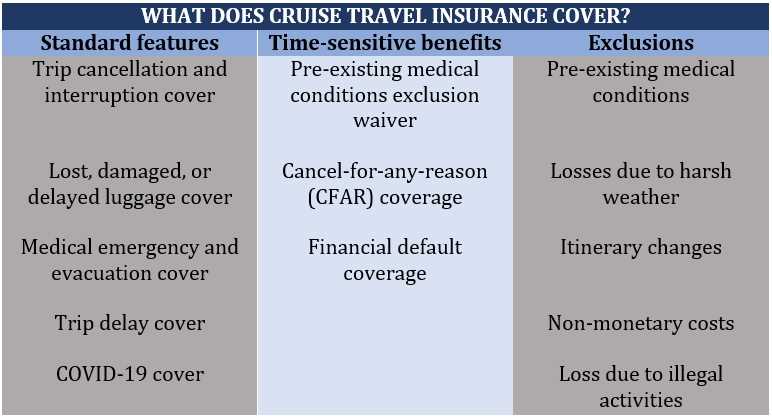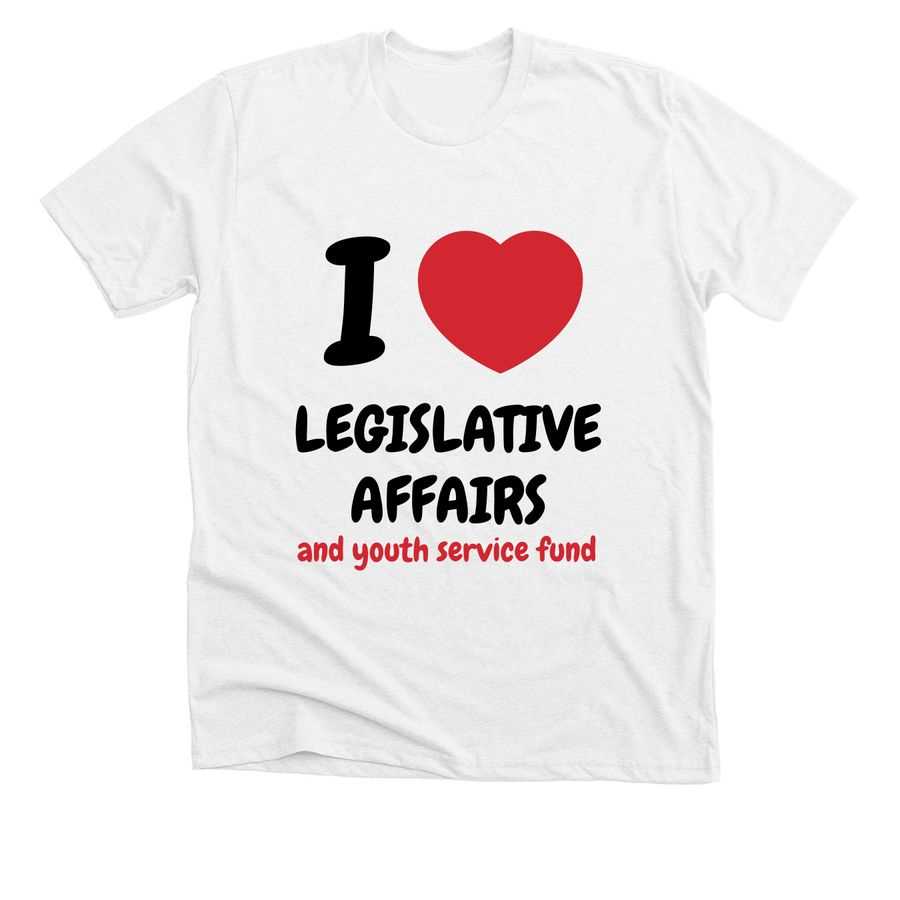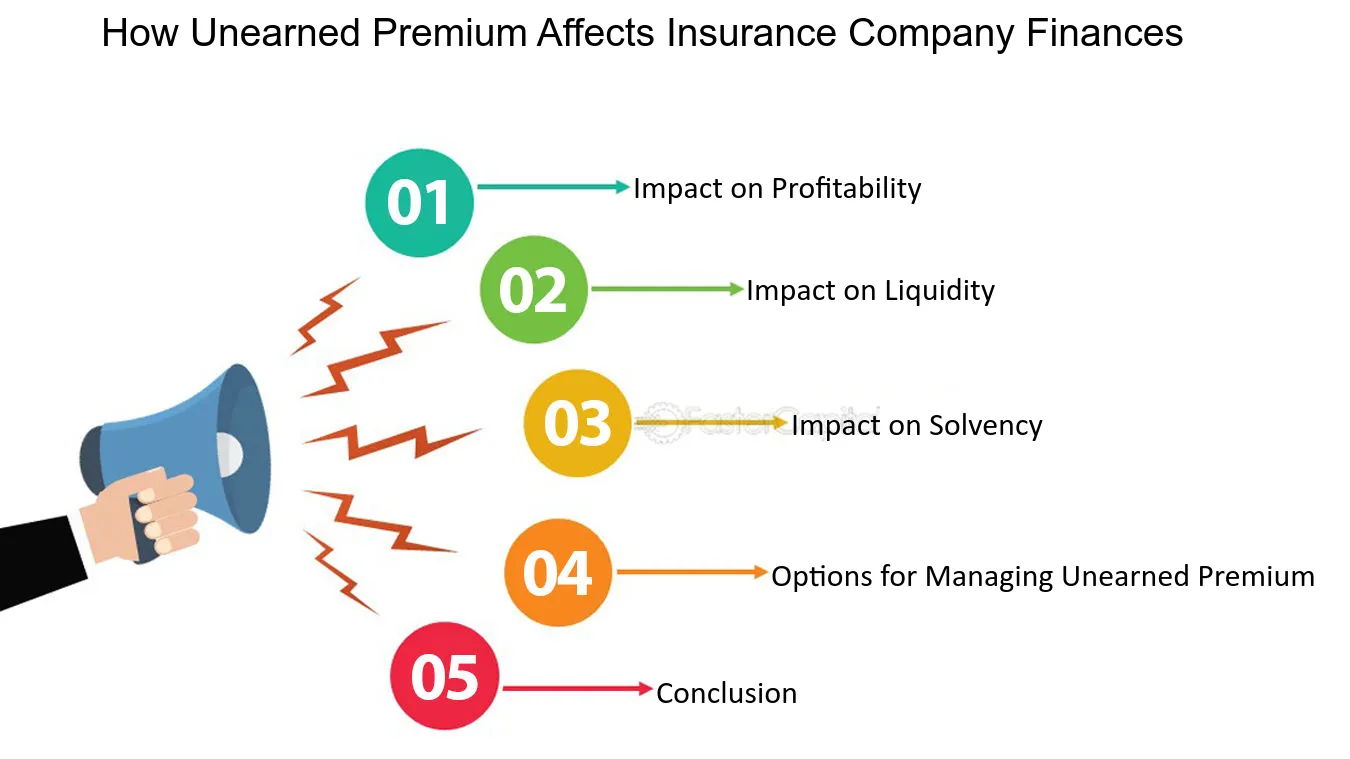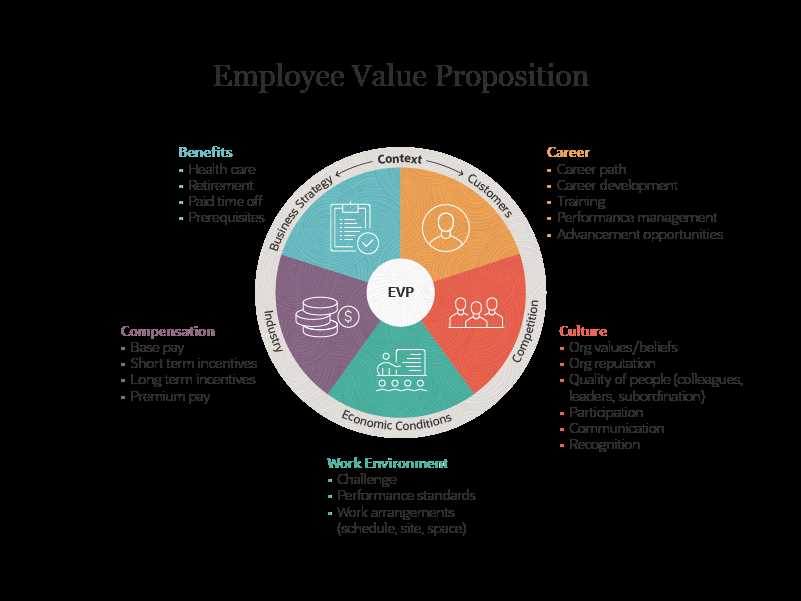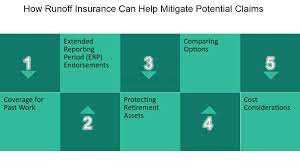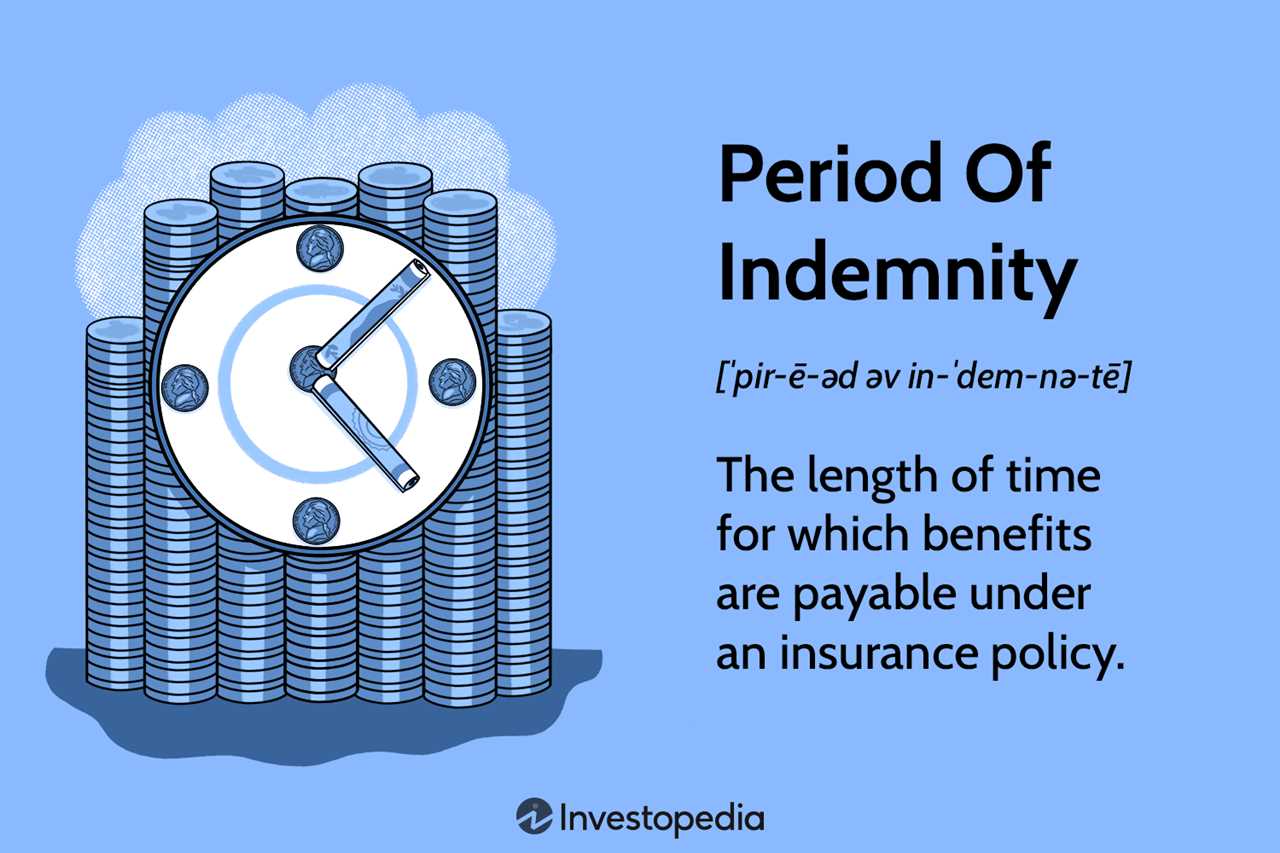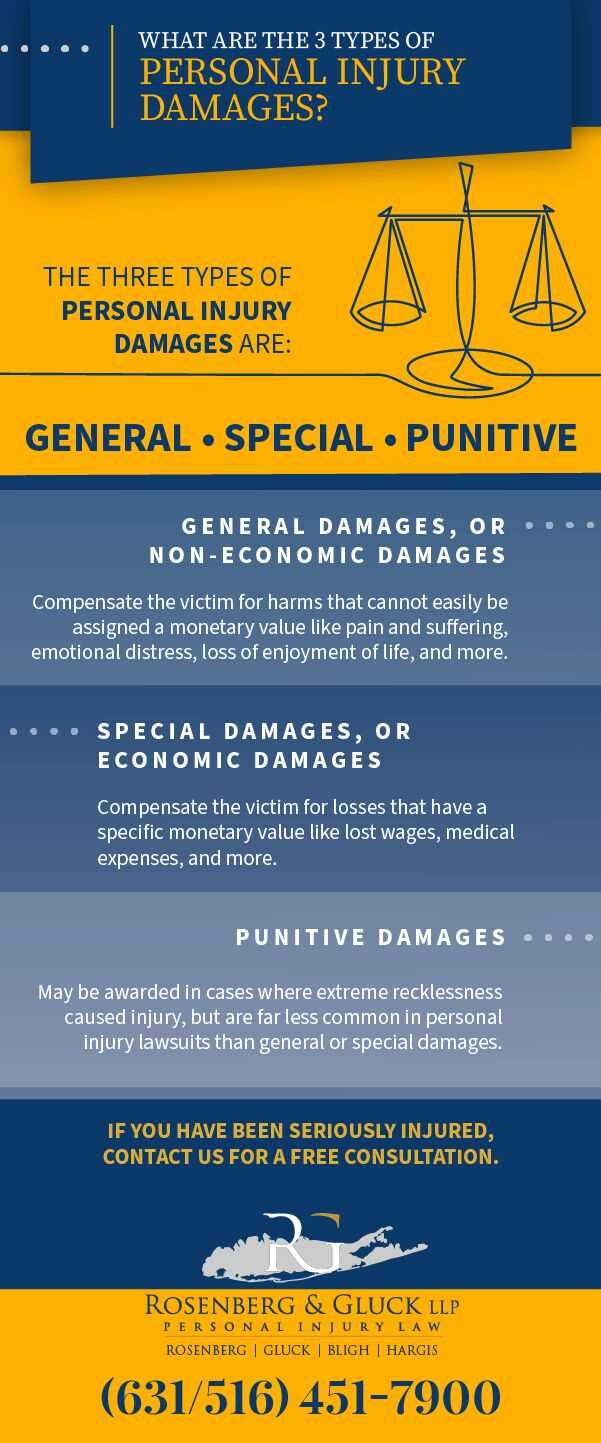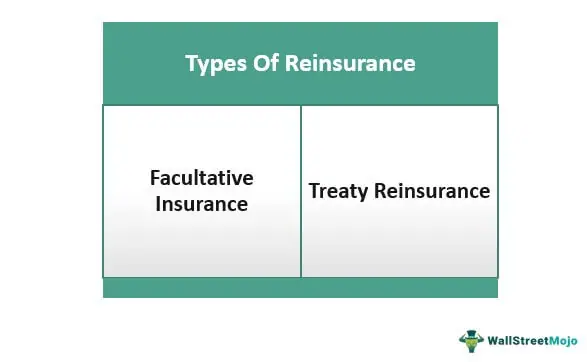What is a Waiver of Restoration Premium and How Does it Work?
What is a Waiver of Restoration Premium? A Waiver of Restoration Premium is a type of insurance policy that provides coverage for the cost of restoring a damaged property to its original condition. This type of coverage is typically offered as an add-on to a standard insurance policy and is … …




